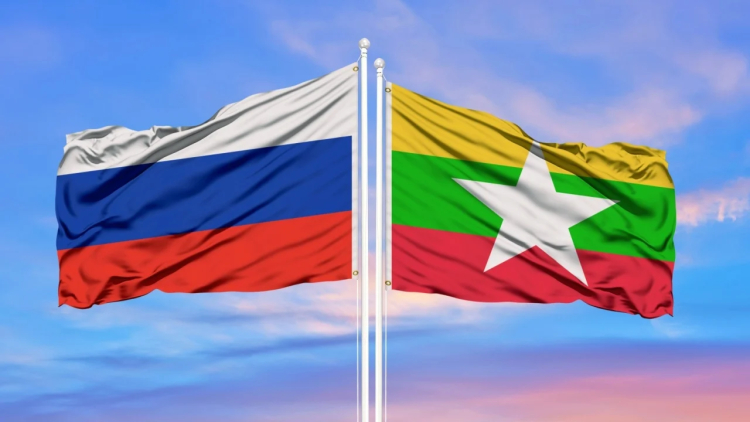Dedollarization Advances: Russia and Myanmar Discuss National Currency Payment System
Russia and Myanmar are advancing plans for a kyat-ruble payment system, reducing reliance on the U.S. dollar and Western financial systems. Learn more about their efforts toward de-dollarization.

Dedollarization Advances: Russia and Myanmar Discuss National Currency Payment System
Efforts to reduce reliance on the U.S. dollar and Western financial systems are gaining momentum as nations seek greater economic independence. A prominent example of this shift is the ongoing discussions between Russia and Myanmar, which aim to establish a payment system based on their national currencies, the ruble and the kyat. This initiative is part of a larger movement among countries worldwide to boost their financial autonomy by moving away from traditional dollar-based trade agreements.
Russia’s Plans for National Currency Payment Systems Signal Declining Dollar Use
As global trade dynamics evolve, more countries are opting for local currencies in trade agreements, a shift that significantly reduces dependence on the U.S. dollar. Russia and Myanmar are at the forefront of this change, actively negotiating a kyat-ruble payment system to facilitate their mutual trade. This move underscores the growing trend toward de-dollarization, as countries seek to protect their economic interests from the influence of Western financial systems.
In an interview with Tass, Myanmar’s Minister for Investment and Foreign Economic Relations, Kan Zaw, revealed that the two countries are working to establish this new payment system. Although the details remain confidential, Zaw confirmed that central banks are involved in the discussions, emphasizing the importance of reducing reliance on the dollar.
Overcoming Logistical Challenges for Bilateral Trade
While logistical hurdles such as high transportation costs, especially for air freight, remain a challenge, Myanmar sees significant opportunities in increasing exports to Russia. The country aims to export goods like rice, avocado, coffee, and fisheries products, all of which have a growing demand in Russia.
The Myanmar minister highlighted that strengthening bilateral trade between the two nations would involve addressing these logistical issues through collaboration and dialogue. By finding solutions to these challenges, both countries aim to enhance their economic relations and promote mutual trade benefits.
Aligning with Global Dedollarization Efforts
Russia and Myanmar’s commitment to using their national currencies for trade aligns with the broader global trend toward de-dollarization. The BRICS nations have long been advocates of this movement, encouraging local currency trade within the bloc to reduce the dominance of the U.S. dollar. Similarly, ASEAN countries have explored ways to strengthen regional financial autonomy by promoting the use of local currencies in trade.
For Russia, reducing reliance on the dollar has become increasingly critical in light of Western sanctions. By deepening economic ties with countries in Asia, Africa, and Latin America, Russia aims to diversify its trade relationships and minimize the influence of Western financial systems.
Conclusion
As Russia and Myanmar move forward with plans to establish a kyat-ruble payment system, their efforts contribute to the growing global shift away from the U.S. dollar. This initiative reflects a broader trend of nations seeking greater financial independence, with countries like Russia leading the way in creating new trade frameworks based on local currencies.
With continued cooperation and dialogue, these nations are paving the way for a more diverse and autonomous global financial system, one that reduces the influence of the dollar and strengthens regional and bilateral trade ties.
What's Your Reaction?















